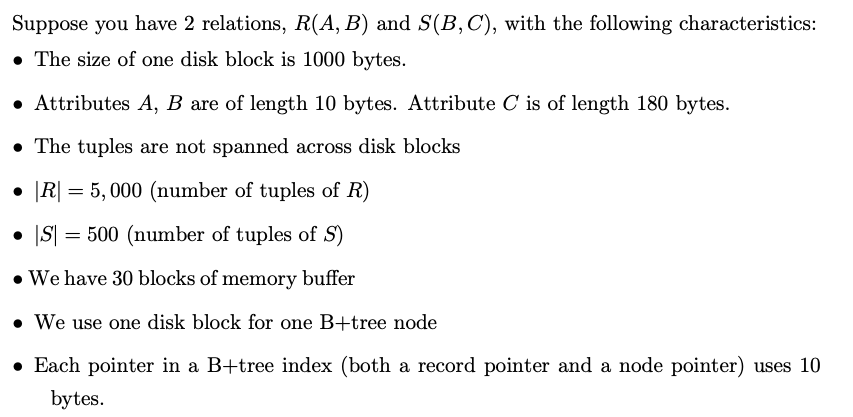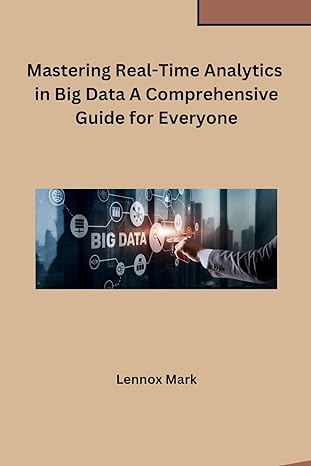Answered step by step
Verified Expert Solution
Question
1 Approved Answer
Suppose you have 2 relations, R(A,B) and S(B,C), with the following characteristics: The size of one disk block is 1000 bytes. Attributes A, B are


Step by Step Solution
There are 3 Steps involved in it
Step: 1

Get Instant Access to Expert-Tailored Solutions
See step-by-step solutions with expert insights and AI powered tools for academic success
Step: 2

Step: 3

Ace Your Homework with AI
Get the answers you need in no time with our AI-driven, step-by-step assistance
Get Started


